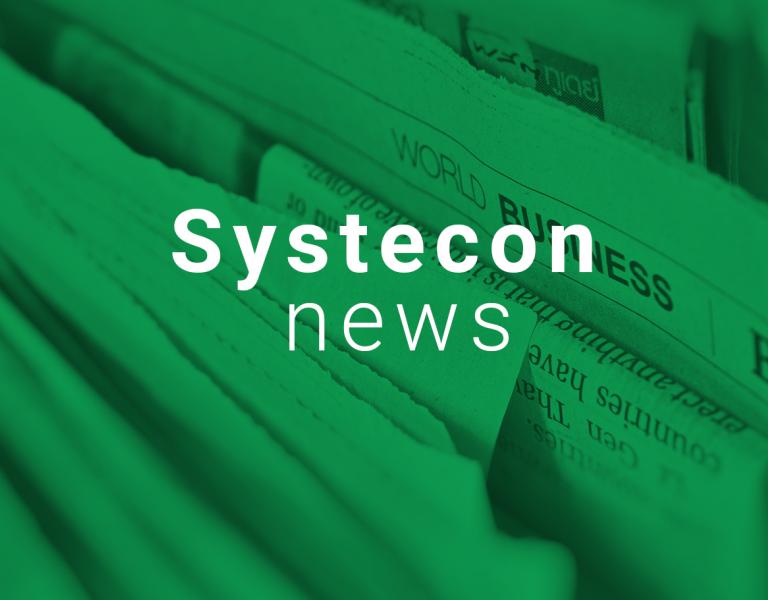
WIND 2014 – the right investments increase profitability
VIND (WIND) is the largest wind energy industry trade fair in the Nordic countries. This year, it was held in Stockholm on October 23-24, and the theme was, Renewable electricity – the export commodity of the future? Naturally, Systecon attended and demonstrated how to use reliability and life cycle cost methods to maximize profitability.
VIND (WIND) is the largest wind energy industry trade fair in the Nordic countries. This year, it was held in Stockholm on October 23-24, and the theme was, Renewable electricity – the export commodity of the future? Naturally, Systecon attended and demonstrated how to use reliability and life cycle cost methods to maximize profitability.
“With Opus Suite, we can analyze the wind power plant as a whole. The key is to analyze all components of the operation and maintenance, and how they impact production”, says Magnus Andersson of Systecon.
VIND gathered many of the leading actors on the Nordic wind energy market – from designers and owners to suppliers and service providers. Sweden's new Minister of Energy Ibrahim Baylan, made his first major appearance since the change in government. He spoke about the transformation of the energy system, towards more renewable energy production, with wind power playing an important role. The Minister of Energy explained that the new government will especially examine how to enhance policy measures in support of offshore wind power.
“The industry mood is more upbeat than last year, and offshore development will certainly benefit from enhanced policy measures – but there is also a lot of room for improvement when it comes to increasing cost effectiveness,” says Fredrik Bjarnegård of Systecon.
“In simple terms, the investments made in logistic support solutions are generally intended to improve the availability for the wind power plant as a whole. Higher availability means an increased number of operating hours and increased revenue. The difficult part is knowing what investments to make, and how much to invest. The money invested in additional spare parts may have been better spent somewhere else in the overall support solution. This is something we can quantify, while assisting our clients in identifying the availability-enhancing investments that actually contribute to an increase in plant profitability,” says Magnus Andersson.
“Optimally, you want to start this kind of analysis in the early phases of the project, just like we did in Vattenfall's and Scottish Power's East Anglia offshore project. The best decisions are made based on an assessment of how, for instance, the choice of turbines and maintenance strategies impact operational costs over the whole life cycle. For this project, we developed a simulation model that incorporated meteorological data and evaluated a number of different scenarios with respect to lifecycle energy availability and profitability. The results generated by this kind of analysis are powerful: we were able to demonstrate a difference in profits of 10-15% over the course of the project life, when comparing the not-as-good solutions to the better ones,” Magnus Andersson adds.